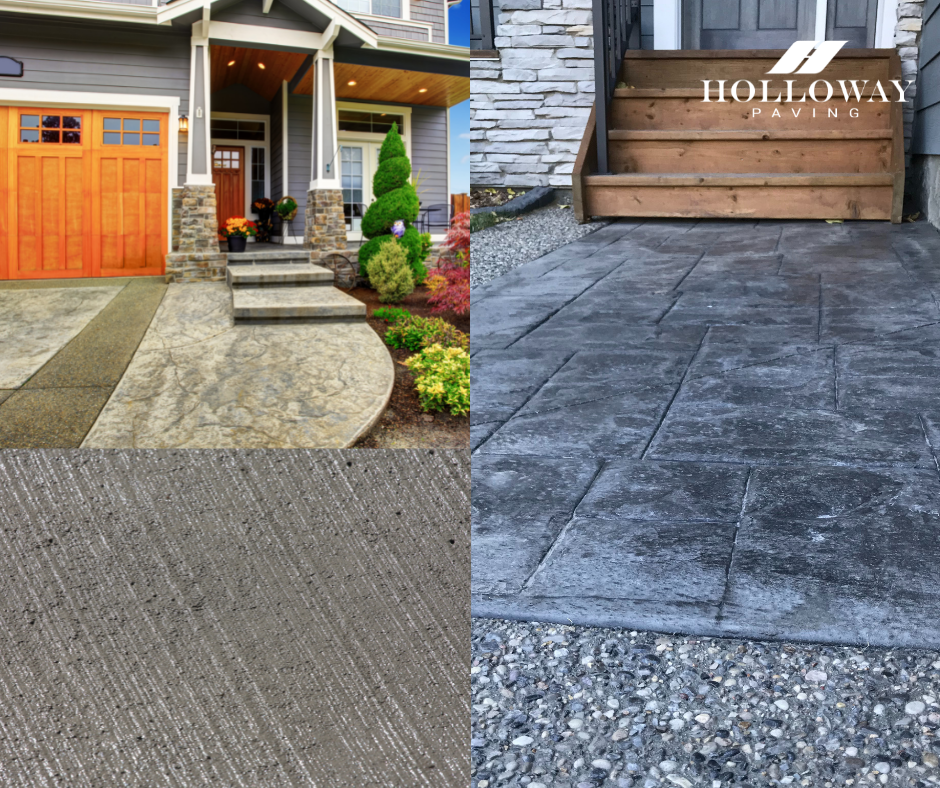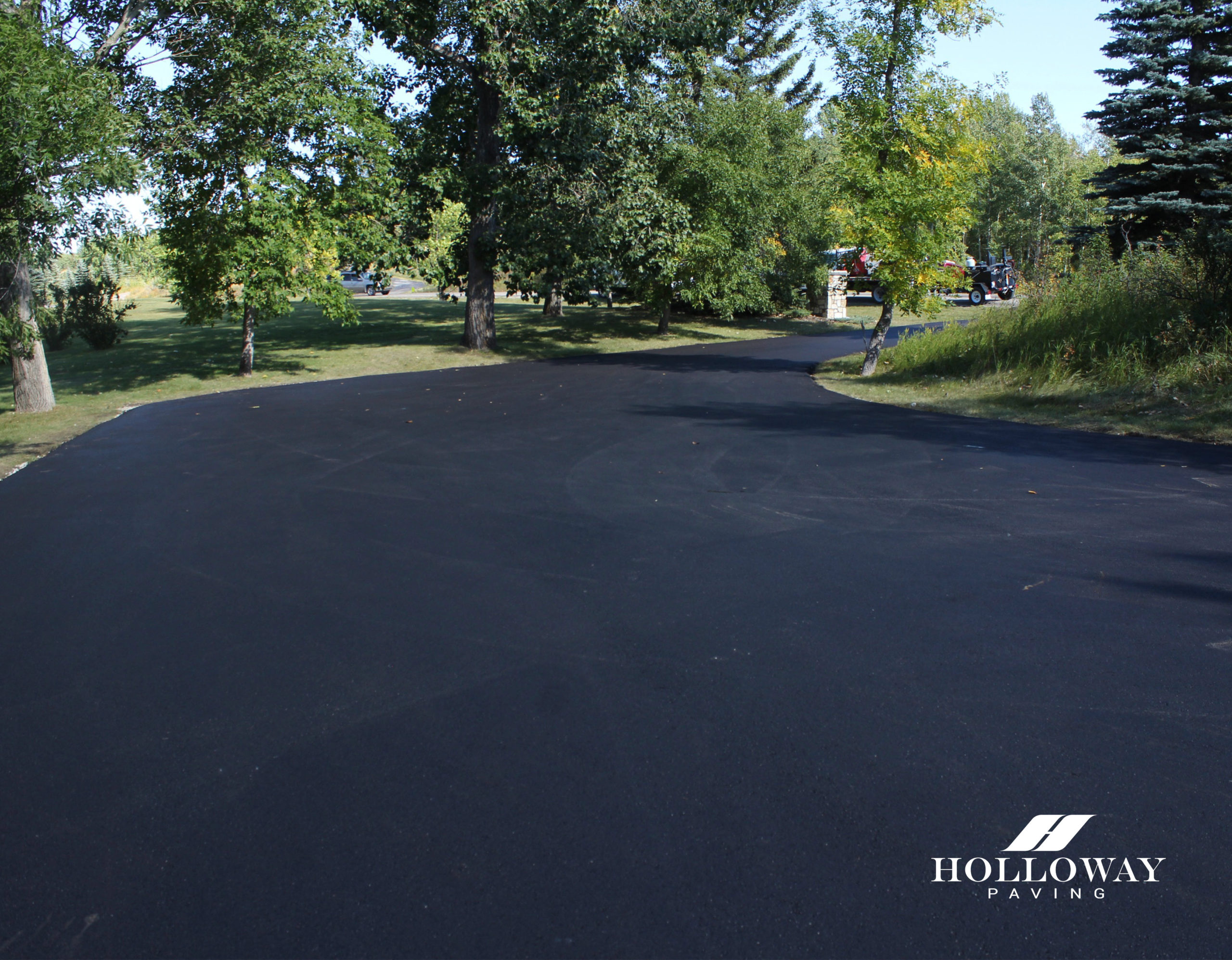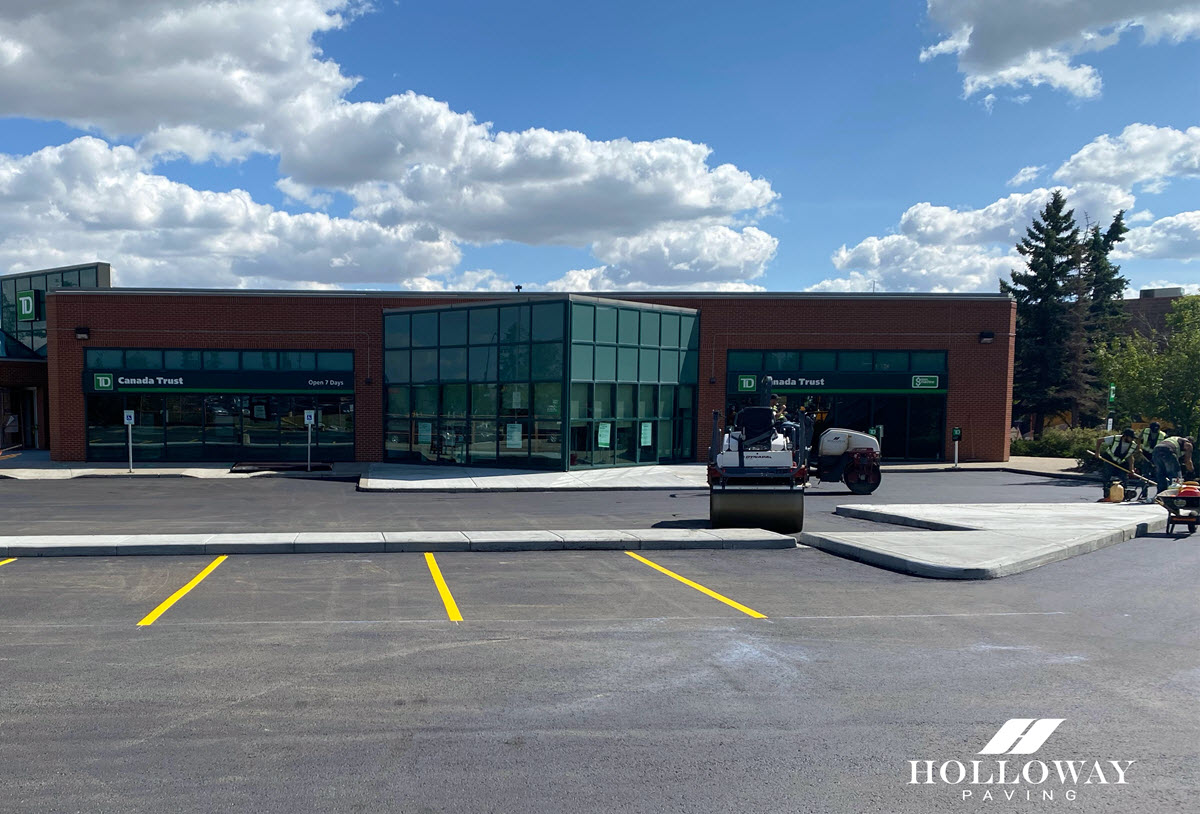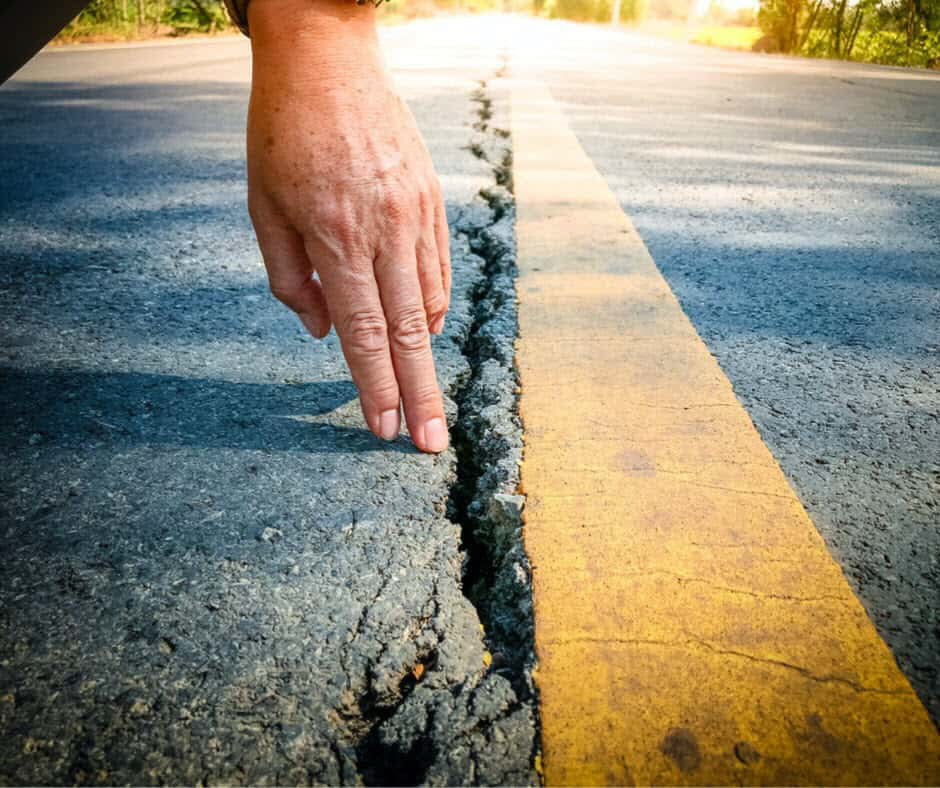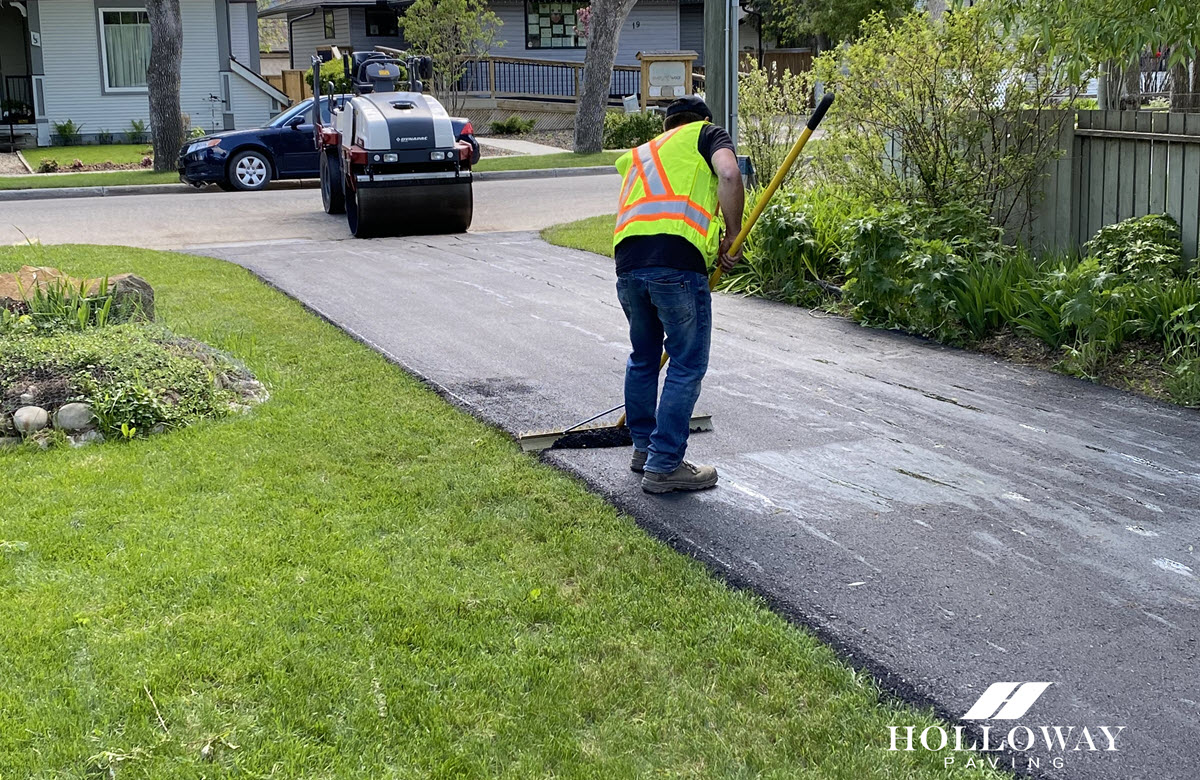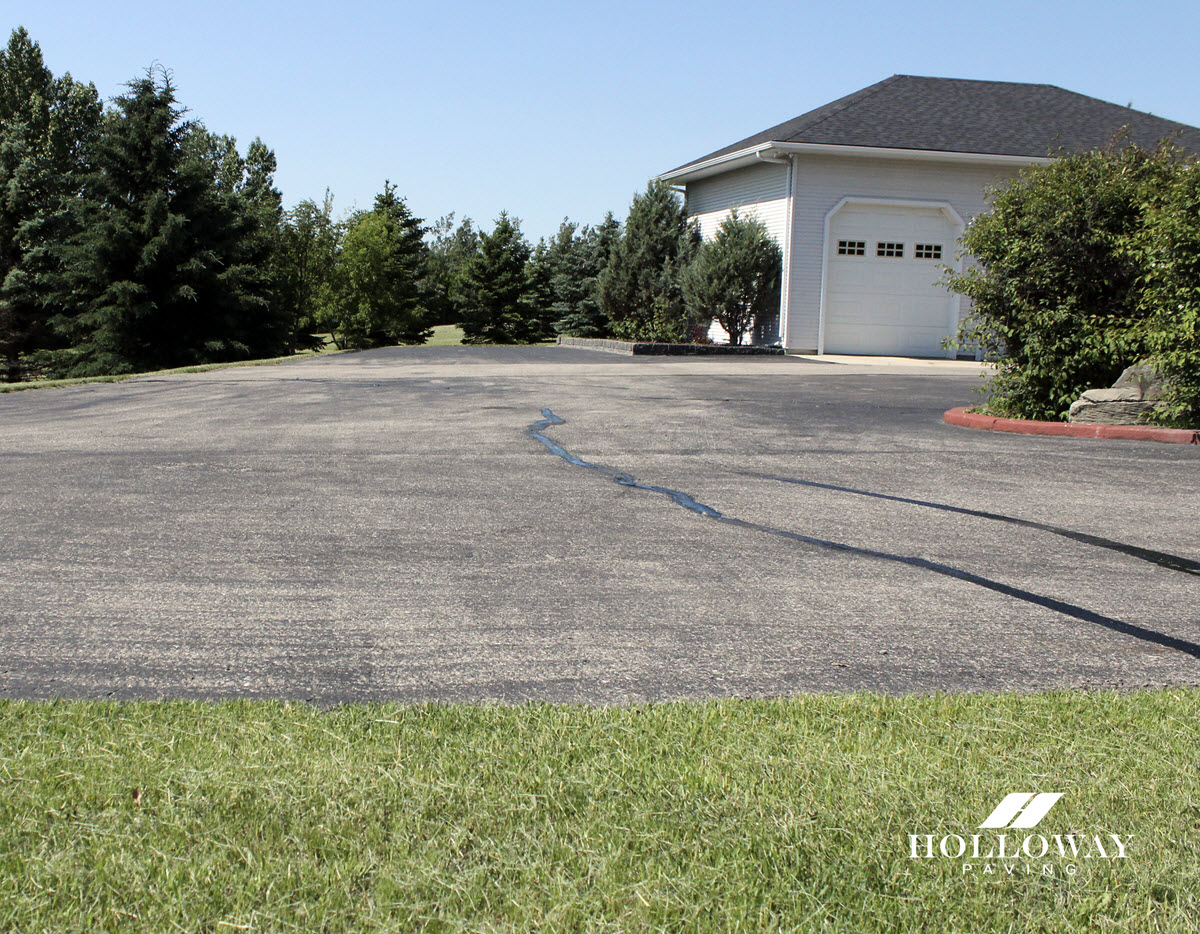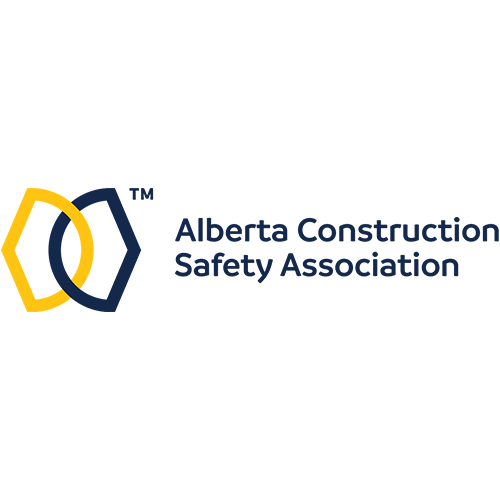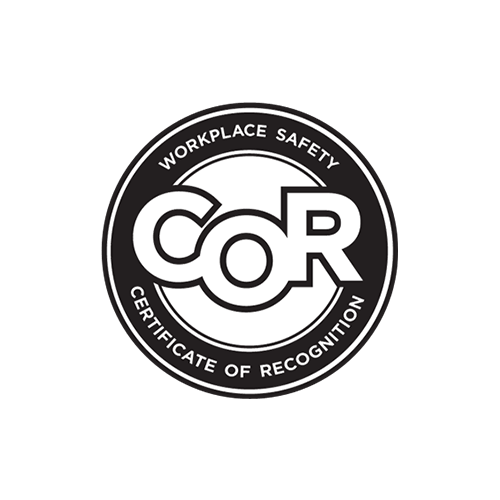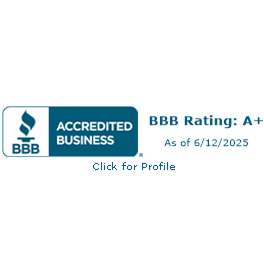Perhaps the most commonly used material in the world, concrete is an extremely versatile material that’s perfect for creating your dream patio. Whether you’re looking for durability, style, or practicality, you simply can’t go wrong with a concrete patio. To help you make a more informed decision when choosing a finish for your patio, we’ve outlined three of the best and most popular concrete finishes.
Stamped Concrete Patios
Stamped concrete is concrete stamped to mimic everything from stone and brick, to wood, tile, slate, and more. Like regular concrete finishes, dyes and pigments can be added to stamped concrete to help create the desired effect. Unlike regular concrete surfaces, however, stamped concrete patios generally contain smaller aggregate to ensure it doesn’t get pushed too far below the surface during the stamping, leading to a more uniform consistency.
Once the concrete is smoothed out, large rubber stamps featuring molded textures are used to stamp your chosen pattern into your patio. Next, control joints are cut into the dry surface to allow for drainage, and the stamped concrete surface is sealed. The main advantage of stamped concrete patios is that they look absolutely stunning. Stamped concrete is an extremely versatile finish that works great on outdoor patios, around pools, and in outdoor kitchens. However, if you opt for a stamped concrete patio, be prepared for the extra maintenance and sealing stamped concrete requires, as smooth stamped concrete surfaces tend to wear quicker than textured surfaces.
Exposed Aggregate Patios
Using smaller, sometimes colored aggregate instead of the regular aggregate used in other types of concrete finishes, an exposed aggregate finish is great for areas that tend to get wet. To give exposed aggregate surfaces their unique appearance, concrete is mixed with the chosen aggregate, along with a special chemical that prevents the outer layer of the cement from curing completely. The concrete is then usually left overnight, before being washed and scrubbed with water to remove the uncured top layer of cement, revealing the decorative pattern underneath.
Bear in mind that when choosing an exposed aggregate patio, you really need to consider the size of the aggregate. The bigger the aggregate, the higher the chances of pointy edges that may be uncomfortable to walk on barefoot. Large aggregate could also make things like moving furniture harder, depending on the amount of aggregate exposed and cement removed. For best results, choose a smaller aggregate and consult with a professional concrete contractor before deciding on an exposed aggregate patio.
Broomed Concrete Patios
Commonly used on sidewalks and driveways, a broomed concrete finish can work just as well on an outdoor patio. As the name implies, broomed concrete involves dragging a specialized broom across the surface of wet concrete to add texture to it once it dries. Apart from this one extra step, the construction process for broomed concrete patios is very similar to slick troweled concrete.
Durable and cost-effective, broomed concrete patios are both visually appealing and provide better slip resistance. However, the ridged texture means that broomed concrete patios are somewhat harder to clean than other finishes, but their cost-effectiveness, durability, and slip resistance far outweigh this minor con. A broomed concrete finish is also an excellent choice to revamp an old, deteriorating patio, since all it requires is a thin overlay over the existing surface.
Which Concrete Finish Do You Like The Most?
A new concrete patio is no small investment, so you’ll want to make sure you get it done right on the first try. Serving Calgary and the surrounding areas for over 20 years, Holloway Paving is Calgary’s most trusted paving and concrete construction company. If you’re in the Calgary area and considering a concrete patio, contact us today at 403-975-3030 or fill out our online contact form for a free quote on any of our services.


